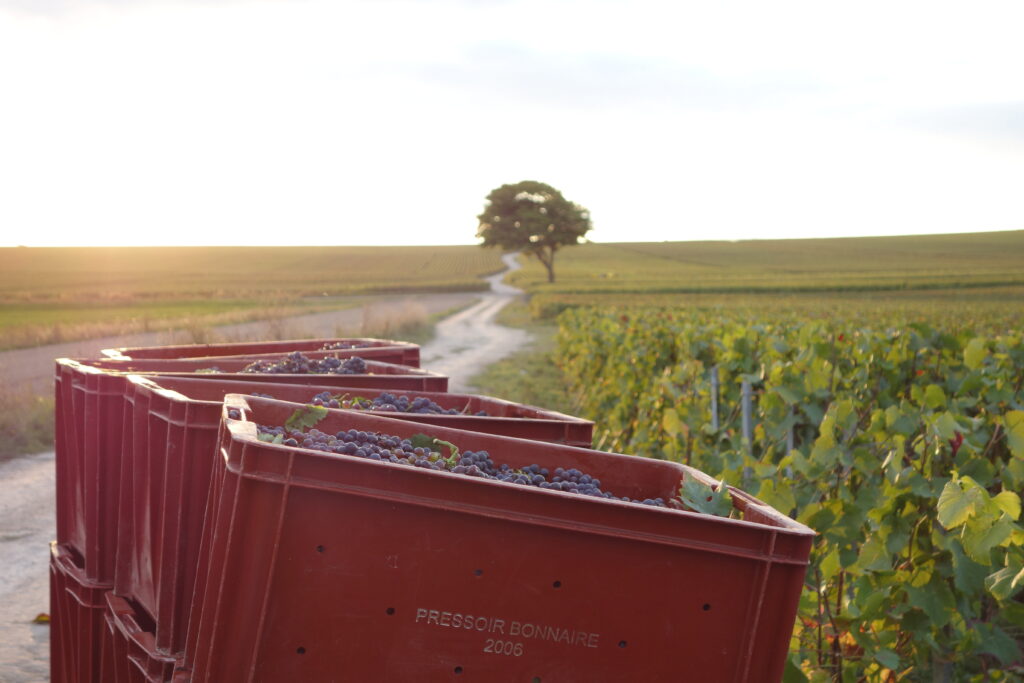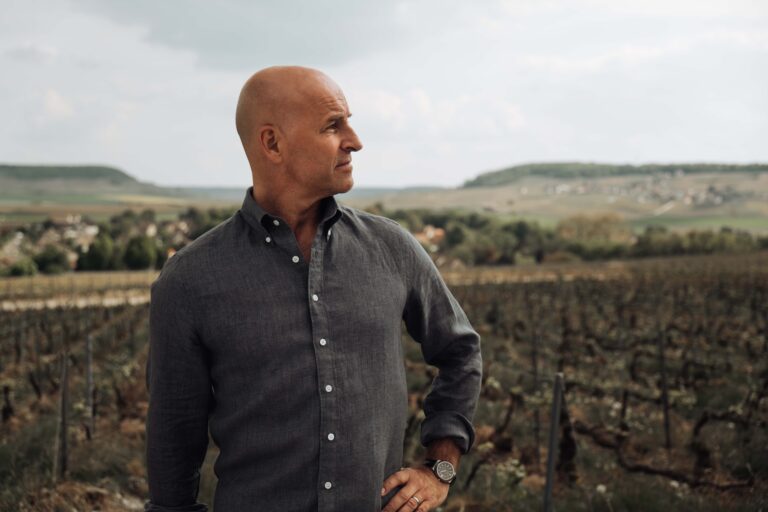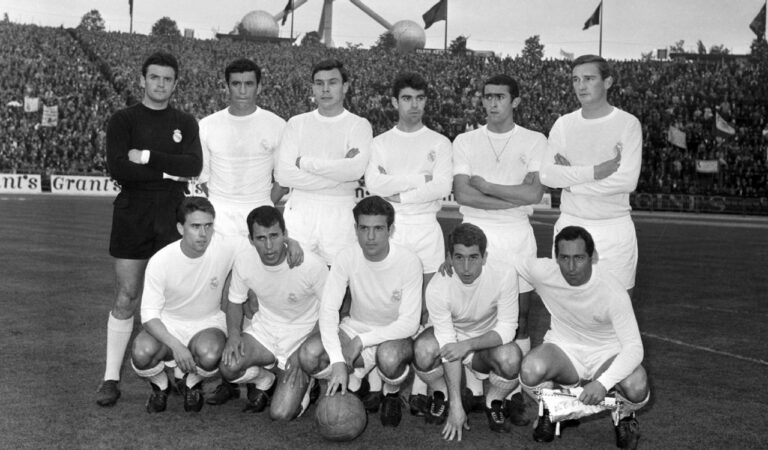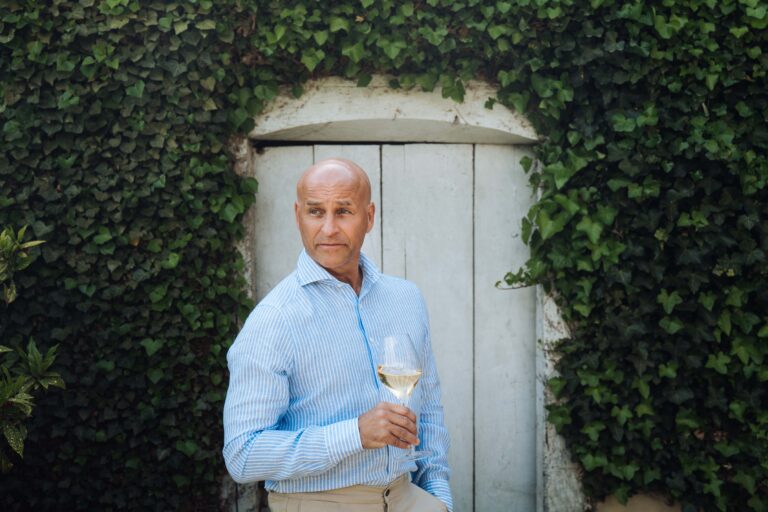During the 2000s, the conversation in and about Champagne has partly changed. A new generation of winegrowers has begun to take care of their fantastic lands that exist in the area with new focus. They have started to focus on the work in the vineyard and above all on bottling and selling what they grow yourself, instead of just growing grapes with a high yield for the big houses.
The movement that is usually called ‘grower champagne’ – wine from smaller growers, often artisans who focus on working the land – has also captured the energy that has existed in the larger wine world around growing and bottling as honest and pure wine as possible.

Caring for your land and seeing wine as a product of the earth may not sound unusual in today’s wine world, but it is difficult to exaggerate the shift it means for a region like Champagne. Although the grower movement is still very small in relation to the big houses, their ideas have started to affect much of what is happening in the region. It is a shift in how to grow, how to vinify, and above all how to talk about your soil. Many of these new growers look at their different parts of land in exactly the same way as they have long done in Burgundy – as a patchwork of sometimes very small pieces of land that can give very different expressions, even though they are close geographically close to each other.
Subscribe for 5.9€ a month for full access to the Tasting Library, exclusive articles, videos events and more





